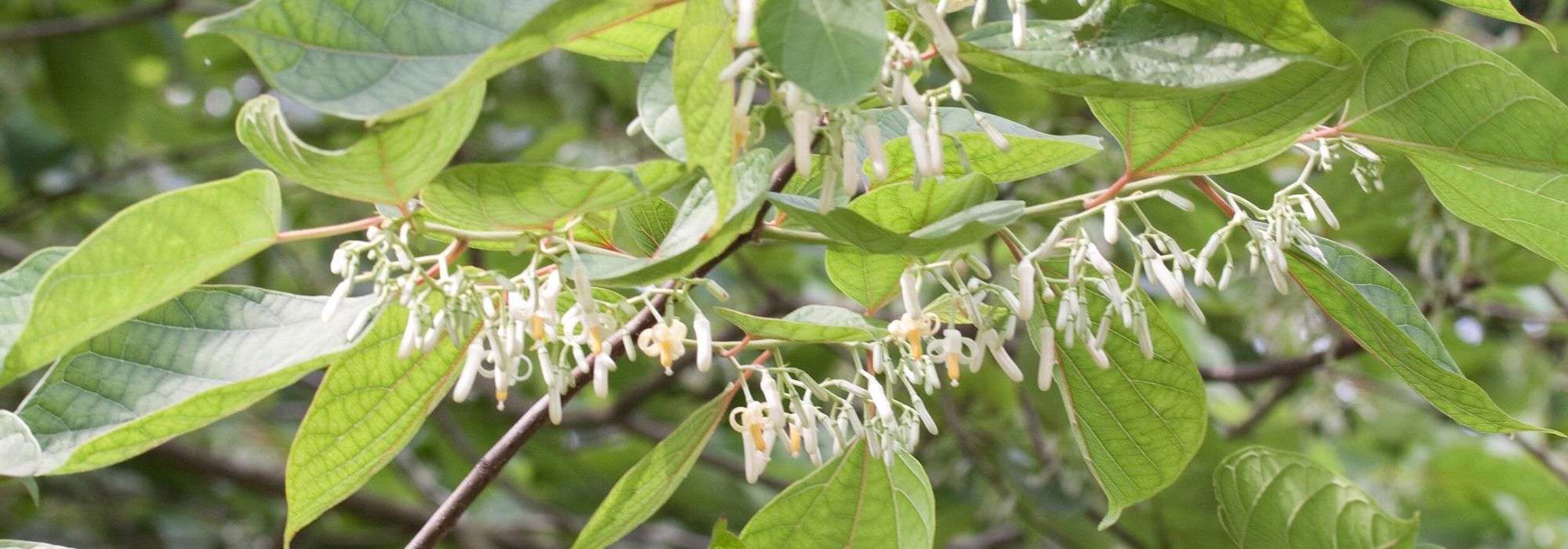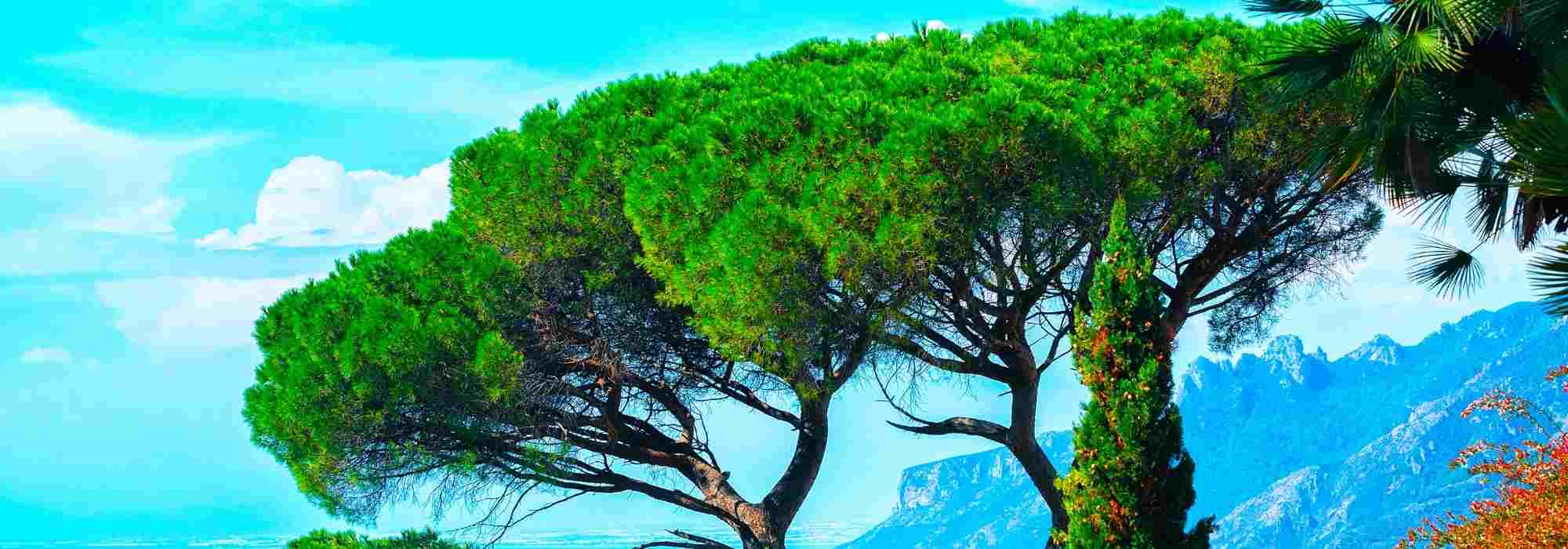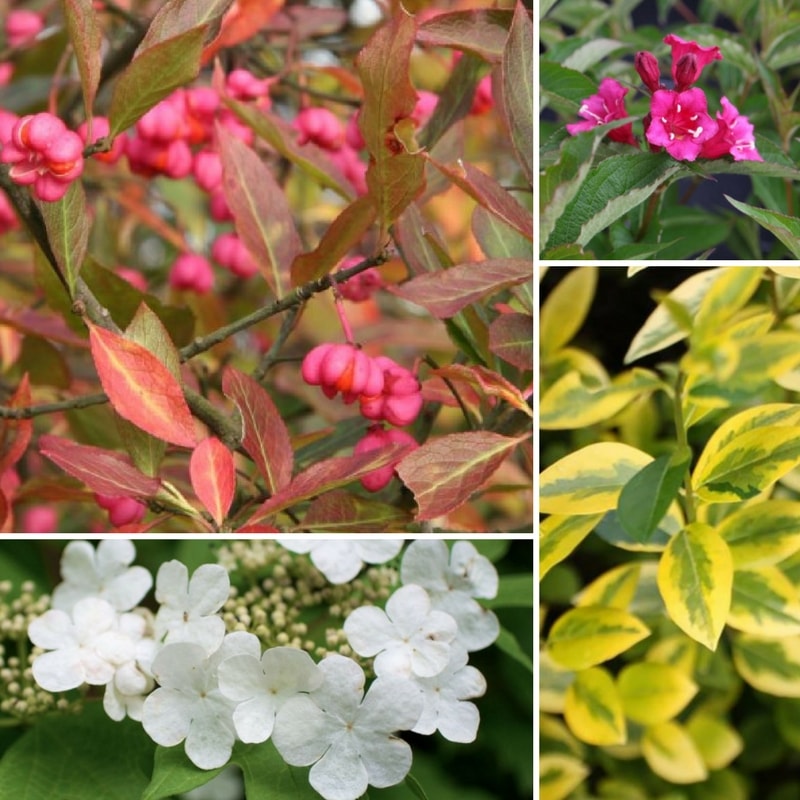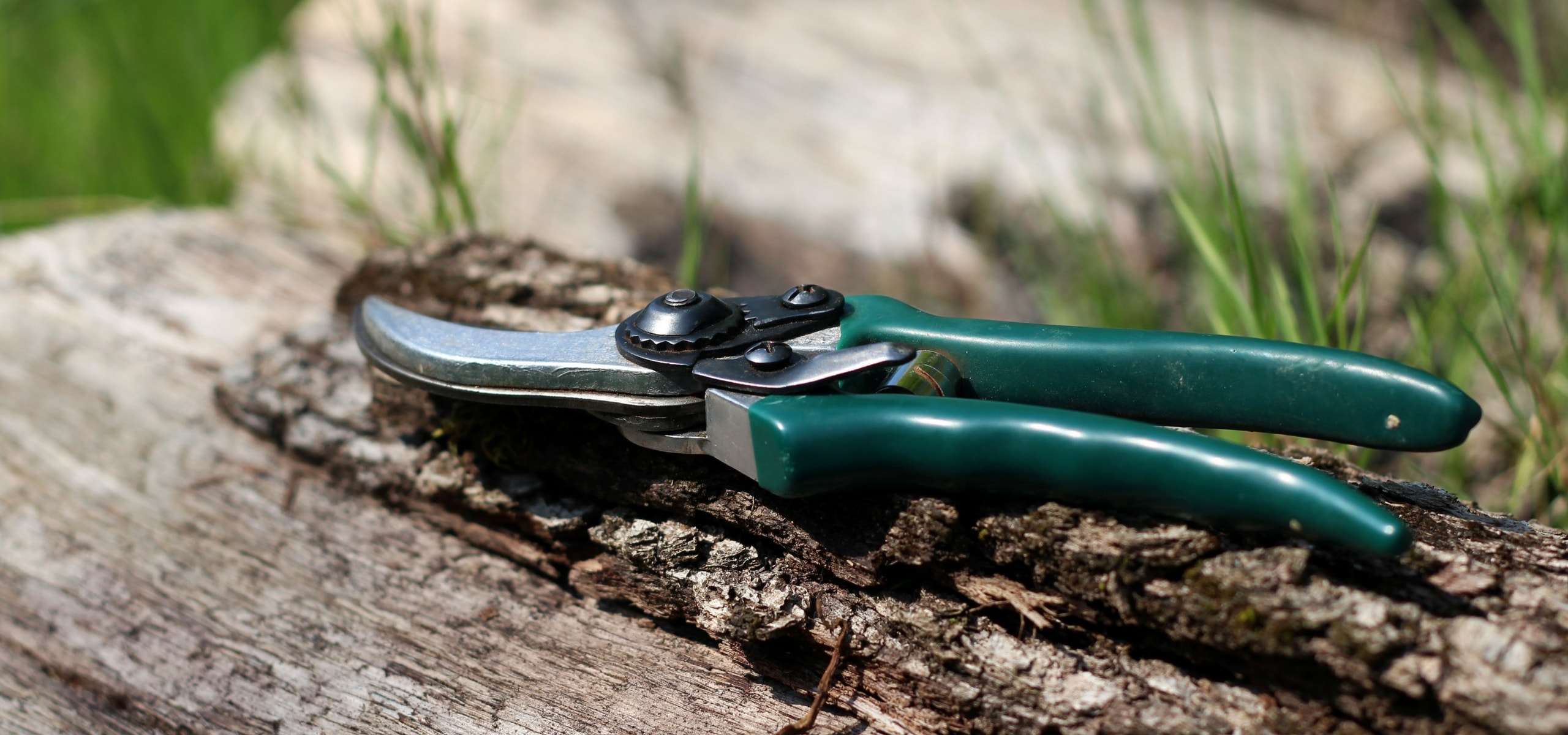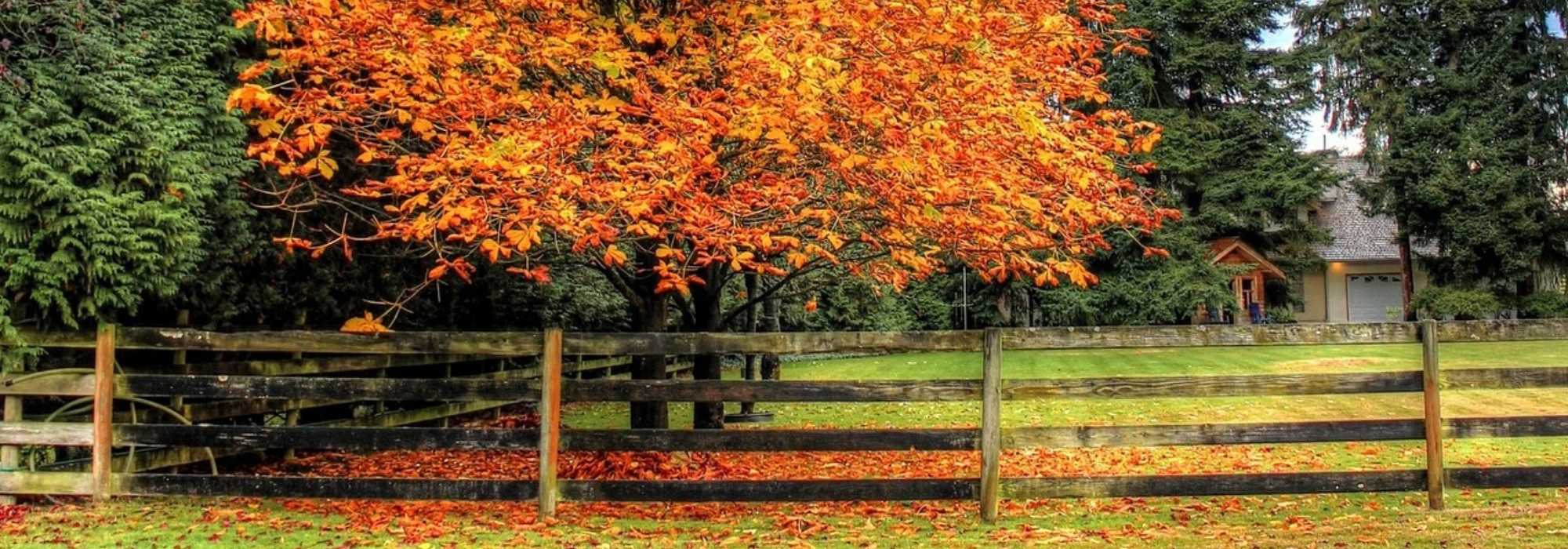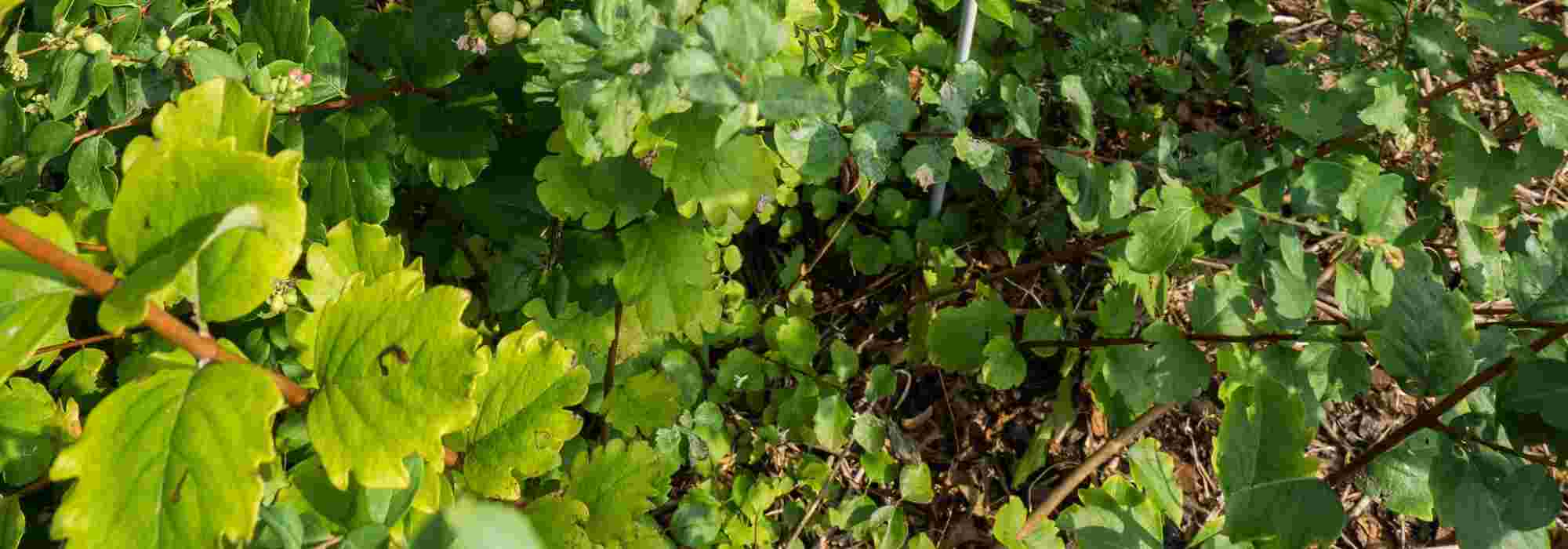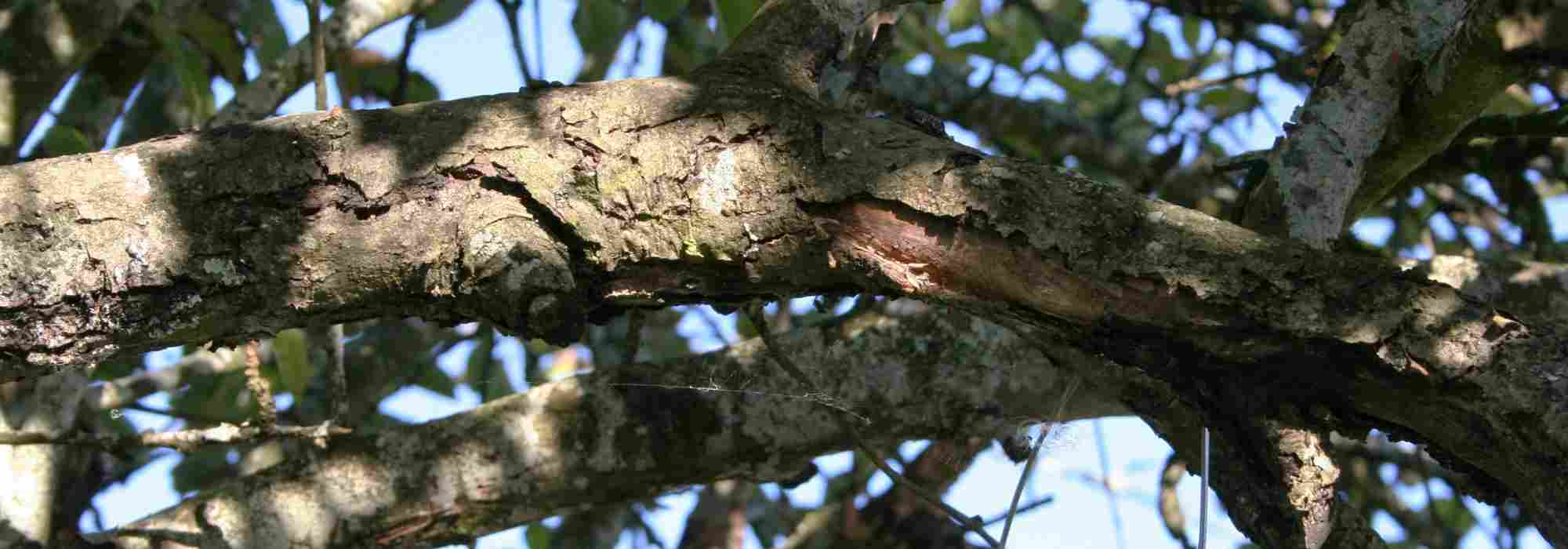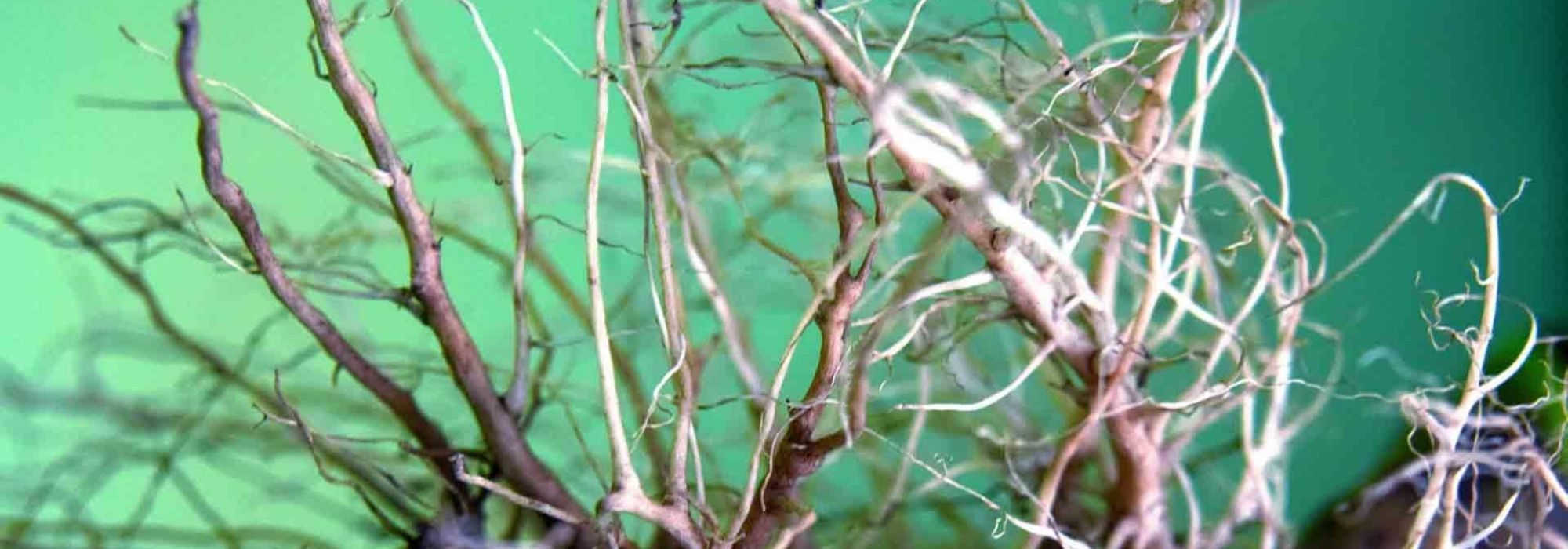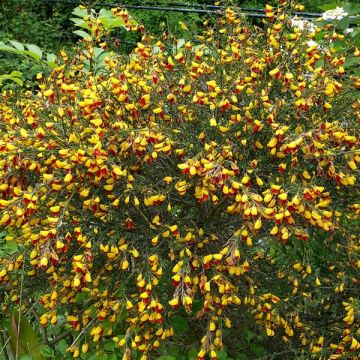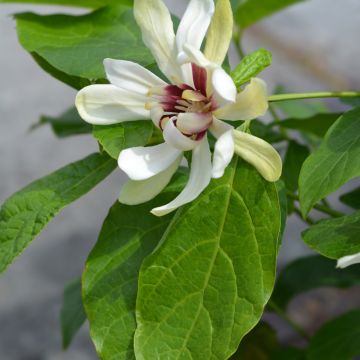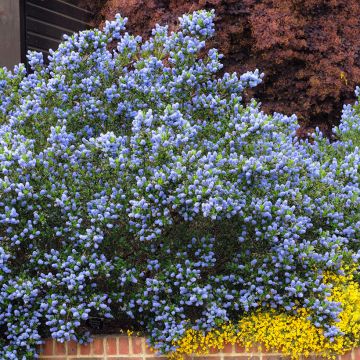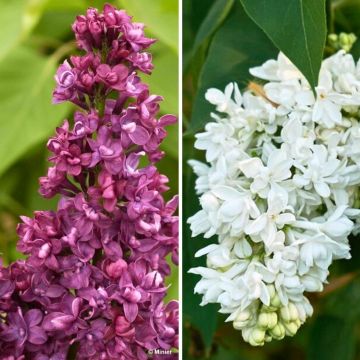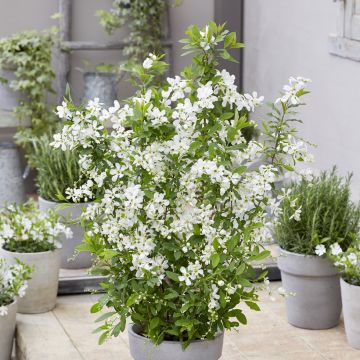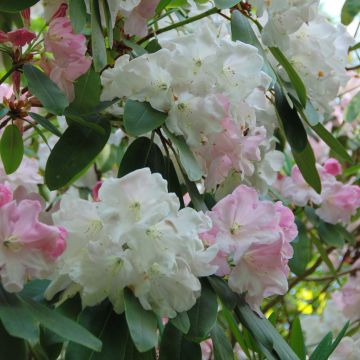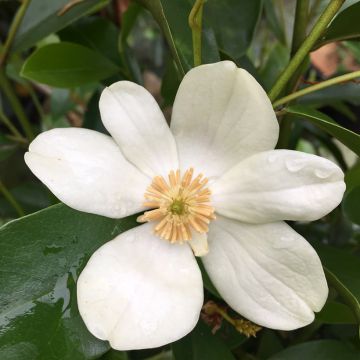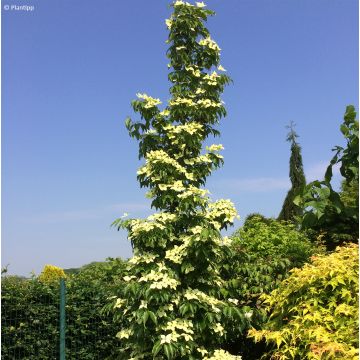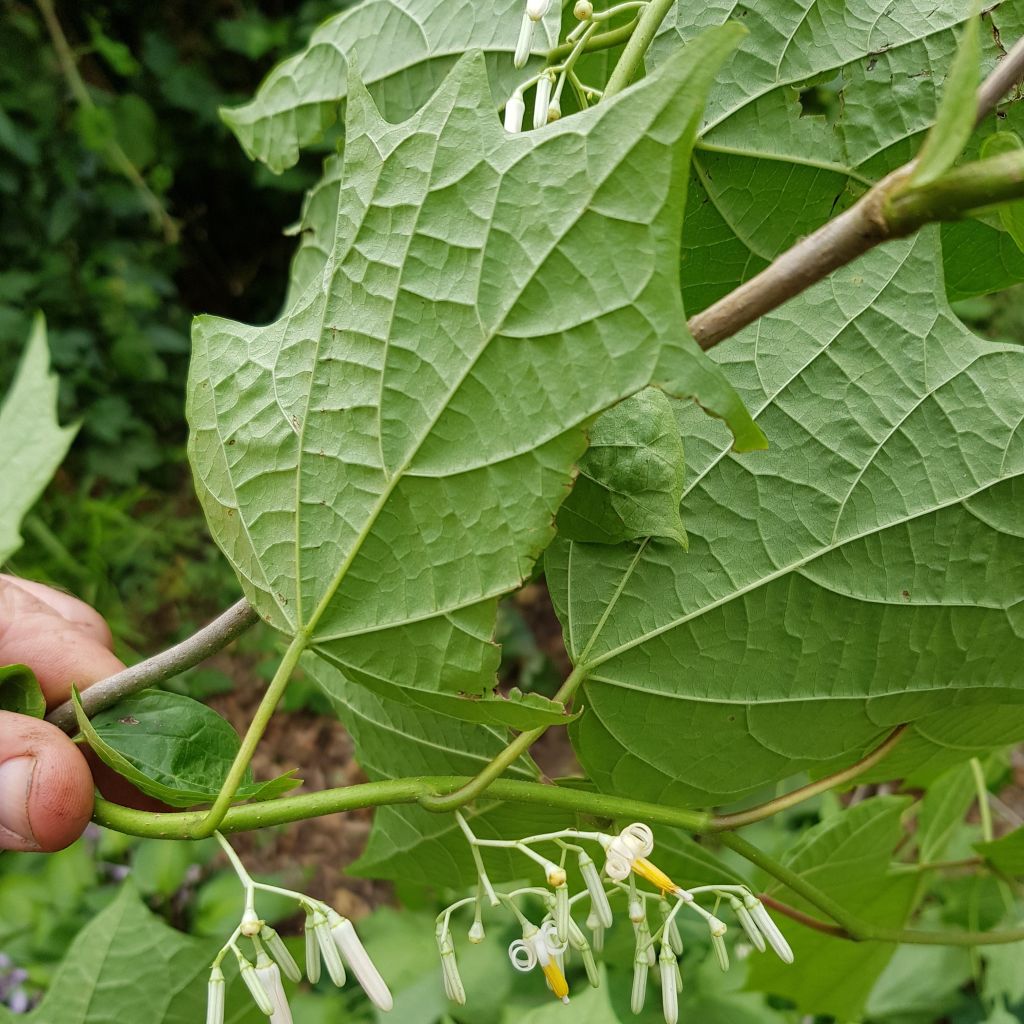

Alangium chinense
Alangium chinense
Alangium chinense
Drought-resistant champion. Endured the long summer drought without difficulty. As for the fragrance of the flowers (oh yes, it also bloomed!), it's not obvious. Perhaps the number of flowers is crucial. For now, it is coping well with the incessant rains. To be continued.
NATHALIE , 13/11/2023
Special offer!
Receive a €20 voucher for any order over €90 (excluding delivery costs, credit notes, and plastic-free options)!
1- Add your favorite plants to your cart.
2- Once you have reached €90, confirm your order (you can even choose the delivery date!).
3- As soon as your order is shipped, you will receive an email containing your voucher code, valid for 3 months (90 days).
Your voucher is unique and can only be used once, for any order with a minimum value of €20, excluding delivery costs.
Can be combined with other current offers, non-divisible and non-refundable.
Home or relay delivery (depending on size and destination)
Schedule delivery date,
and select date in basket
This plant carries a 24 months recovery warranty
More information
We guarantee the quality of our plants for a full growing cycle, and will replace at our expense any plant that fails to recover under normal climatic and planting conditions.
Would this plant suit my garden?
Set up your Plantfit profile →
Description
Alangium chinense, or Chinese Alangium, is a small tree or large bush that is slowly making its way into our gardens due to its exotic-looking foliage (deciduous in Northern Europe) and its long, fragrant summer flowering period with clusters of rather discreet small white flowers. This relatively hardy forest tree species is also not very demanding in terms of soil, as long as it is properly drained and not too dry. It can be planted in isolation, in a free hedge, or even in the back of an exotic flowerbed.
Alangium chinense is a bush with a weak suckering habit and a rather variable appearance, belonging to the Alangiaceae family, which has only one genus. Its distribution area is very wide, it is a fast-growing pioneer species typical of disturbed forests, growing at up to 2000 m (6560 ft) altitude in Africa and up to 3000 m (9800 ft) in the Himalayas. It is found in temperate and tropical Asia, Southeast Asia, the island of Java, as well as in central and southern Africa (Kenya, Tanzania, Uganda, Cameroon, Equatorial Guinea, Rwanda, Burundi, Congo, Angola). This large, fast-growing bush will reach 5m (16 ft) in height and 4m (13 ft) in width in 4-5 years. It has a wide and rounded habit, composed of horizontal branches. The young branches are downy and then become glabrous once mature. They bear deciduous, alternate, simple, ovate leaves, sometimes palmate (2 to 5 lobes), 5 to 30 cm (2 - 12 in) long and 3 to 28 cm (1 - 11 in) wide. Their colour is a bright and vivid green, turning yellow in autumn. It seems that specimens from Africa have non-lobed leaves, unlike Asian ones. The upper side of the leaves is dark green, the underside lighter. Fragrant flowering occurs in July-August. Small fluffy flowers, similar to tiny 2cm (0.8 in) lilies, are grouped in clusters 6 to 8 cm (2.5 - 3 in) long, in the axils of the leaves. The flowers give rise to small blue-black ribbed fruits, ovoid, not exceeding 1.5 cm (0.6 in) in length, quite decorative.
Relatively hardy, this amazing bush is capable of regrowing from the stump after a -18°C (-0.4 °F) frost, and flowering the following summer. Its is therefore possible to plant in many regions, especially as it thrives in any good garden soil. It grows quickly, delights and charms with its difficult-to-describe exotic appearance. It could be planted alone in a large garden, or in front of a plain evergreen hedge, for example. Or combine with e.g. a deciduous magnolia (Magnolia stellata Rosea, M. Star Wars), Tetrapanax papyfera, or giant canna. It can be pruned to maintain a bushy habit and admire its remarkable foliage.
This Alangium chinense is sometimes used in carpentry, and the oil extracted from its seeds as fuel for lighting. Its roots are used in traditional remedies in Chinese pharmacopoeia.
Alangium chinense in pictures
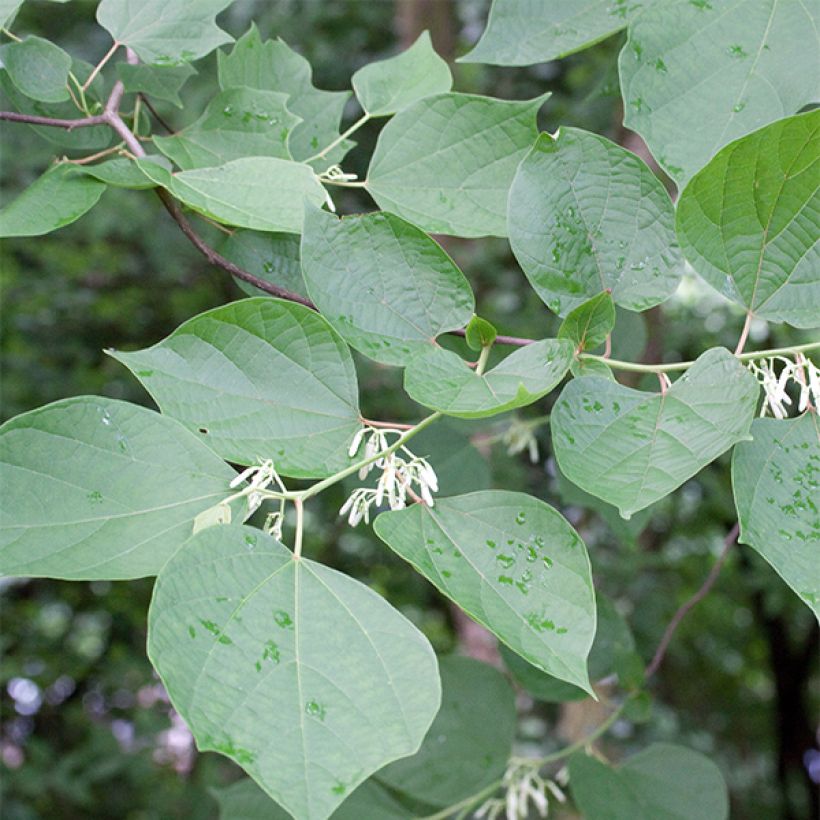

Plant habit
Flowering
Foliage
Botanical data
Alangium
chinense
Alangiaceae
China
Planting and care
Alangiums are undemanding forest bushes that thrive in well-drained, but not too dry, ordinary soil. Choose a sunny or semi-shaded location. They prefer rather moist, well-drained soil (their roots don't like stagnant humidity) that is rich in humus. This bush is hardier than it seems, and some sources claim that it can withstand severe frost (around -18°C) without damage once established. If the winter were to destroy all the branches, the plant would easily regrow from the stump. Alangium chinense can be easily pruned in autumn to maintain a compact bush shape. It is not prone to diseases or pests in Northern Europe.
Planting period
Intended location
Care
Planting & care advice
-
, onOrder confirmed
Reply from on Promesse de fleurs
Similar products
Haven't found what you were looking for?
Hardiness is the lowest winter temperature a plant can endure without suffering serious damage or even dying. However, hardiness is affected by location (a sheltered area, such as a patio), protection (winter cover) and soil type (hardiness is improved by well-drained soil).

Photo Sharing Terms & Conditions
In order to encourage gardeners to interact and share their experiences, Promesse de fleurs offers various media enabling content to be uploaded onto its Site - in particular via the ‘Photo sharing’ module.
The User agrees to refrain from:
- Posting any content that is illegal, prejudicial, insulting, racist, inciteful to hatred, revisionist, contrary to public decency, that infringes on privacy or on the privacy rights of third parties, in particular the publicity rights of persons and goods, intellectual property rights, or the right to privacy.
- Submitting content on behalf of a third party;
- Impersonate the identity of a third party and/or publish any personal information about a third party;
In general, the User undertakes to refrain from any unethical behaviour.
All Content (in particular text, comments, files, images, photos, videos, creative works, etc.), which may be subject to property or intellectual property rights, image or other private rights, shall remain the property of the User, subject to the limited rights granted by the terms of the licence granted by Promesse de fleurs as stated below. Users are at liberty to publish or not to publish such Content on the Site, notably via the ‘Photo Sharing’ facility, and accept that this Content shall be made public and freely accessible, notably on the Internet.
Users further acknowledge, undertake to have ,and guarantee that they hold all necessary rights and permissions to publish such material on the Site, in particular with regard to the legislation in force pertaining to any privacy, property, intellectual property, image, or contractual rights, or rights of any other nature. By publishing such Content on the Site, Users acknowledge accepting full liability as publishers of the Content within the meaning of the law, and grant Promesse de fleurs, free of charge, an inclusive, worldwide licence for the said Content for the entire duration of its publication, including all reproduction, representation, up/downloading, displaying, performing, transmission, and storage rights.
Users also grant permission for their name to be linked to the Content and accept that this link may not always be made available.
By engaging in posting material, Users consent to their Content becoming automatically accessible on the Internet, in particular on other sites and/or blogs and/or web pages of the Promesse de fleurs site, including in particular social pages and the Promesse de fleurs catalogue.
Users may secure the removal of entrusted content free of charge by issuing a simple request via our contact form.
The flowering period indicated on our website applies to countries and regions located in USDA zone 8 (France, the United Kingdom, Ireland, the Netherlands, etc.)
It will vary according to where you live:
- In zones 9 to 10 (Italy, Spain, Greece, etc.), flowering will occur about 2 to 4 weeks earlier.
- In zones 6 to 7 (Germany, Poland, Slovenia, and lower mountainous regions), flowering will be delayed by 2 to 3 weeks.
- In zone 5 (Central Europe, Scandinavia), blooming will be delayed by 3 to 5 weeks.
In temperate climates, pruning of spring-flowering shrubs (forsythia, spireas, etc.) should be done just after flowering.
Pruning of summer-flowering shrubs (Indian Lilac, Perovskia, etc.) can be done in winter or spring.
In cold regions as well as with frost-sensitive plants, avoid pruning too early when severe frosts may still occur.
The planting period indicated on our website applies to countries and regions located in USDA zone 8 (France, United Kingdom, Ireland, Netherlands).
It will vary according to where you live:
- In Mediterranean zones (Marseille, Madrid, Milan, etc.), autumn and winter are the best planting periods.
- In continental zones (Strasbourg, Munich, Vienna, etc.), delay planting by 2 to 3 weeks in spring and bring it forward by 2 to 4 weeks in autumn.
- In mountainous regions (the Alps, Pyrenees, Carpathians, etc.), it is best to plant in late spring (May-June) or late summer (August-September).
The harvesting period indicated on our website applies to countries and regions in USDA zone 8 (France, England, Ireland, the Netherlands).
In colder areas (Scandinavia, Poland, Austria...) fruit and vegetable harvests are likely to be delayed by 3-4 weeks.
In warmer areas (Italy, Spain, Greece, etc.), harvesting will probably take place earlier, depending on weather conditions.
The sowing periods indicated on our website apply to countries and regions within USDA Zone 8 (France, UK, Ireland, Netherlands).
In colder areas (Scandinavia, Poland, Austria...), delay any outdoor sowing by 3-4 weeks, or sow under glass.
In warmer climes (Italy, Spain, Greece, etc.), bring outdoor sowing forward by a few weeks.






























